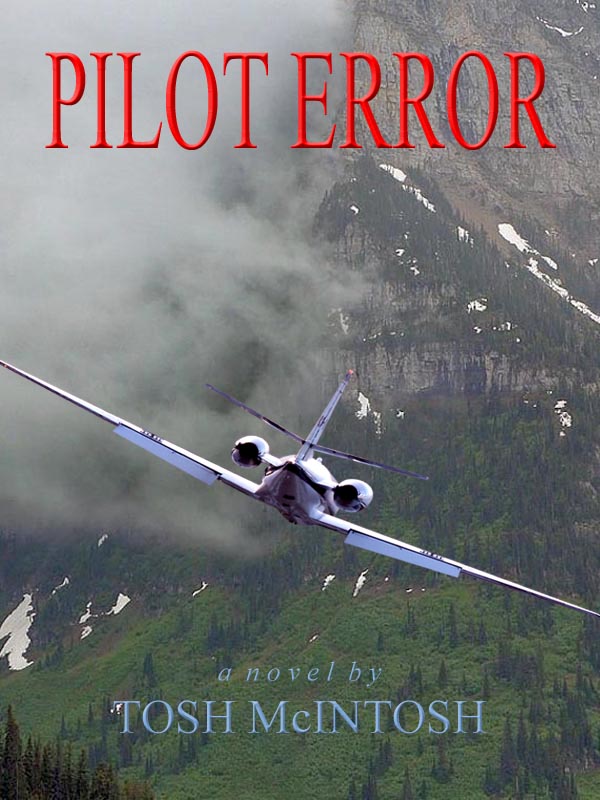My enthusiasm for flying continued in spite of my heartbreaking lack of twenty-twenty vision. In 1968, the year of the Tet Offensive in Nam, and the year Nam got ugly, my family moved into a new house in Metairie, a suburb of New Orleans. Our house was about eight miles from Moisant Airport, which later became Louis Armstrong International Airport, a more suitable name. Satchmo deserved the naming. As a tourist from Germany once told me, “Satchmo and New Orleans gave the 20th century its personality.” I remember the guy’s looming height, his curly hair, and acetylene blue eyes. I think he was a professor from Cologne, Germany. I was drinking with him at a dive known as the Chart Room on the corner of Chartres and Royal Streets. I thought his assertion was fresh and intriguing, particularly coming from a European, a German at that.
Besides my interest in aviation, I started to play baseball. I did fairly well. The coaches at Cleary Playground, where I played, selected me for the nine-and-ten year old all-star team. I was a catcher. I lacked the skill to deal with grounders. I was a solid hitter. George Smith a fellow catcher lived around the corner from my house. I often picked up a ride with him and his mom to Cleary Playground. George had an older sister, Melanie, who I couldn’t help notice because she was so attractive.
Anyway, the jets flew just about right over our house, but their trajectory was high enough to keep their boom out of our privacy. The profile of the landing aircraft were distinguishable. I was all of like ten years, and I had read that soldiers as well as pilots needed to identify the profile of an aircraft. Several times on my twenty-inch Schwinn, I biked over to the Metairie library where I found books on ID-ing aircraft. Most of the aircraft covered in the books were MiGs and Messerschmidts from WWII, and the F-4 Phantom, which was the one I was searching for, my favorite. It was a two-seater, and the one I often saw on TV demonstrating American resolve in Southeast Asia. I loved the way Napalm spread its fiery Jell-O on its target. Singeing up the green forest, which looked similar to the flora of Louisiana. Vietnam somewhat reminded me of the land and weather around our new house, sub-tropical and lush. But what a thing to enjoy, industrial mass destruction. Let’s just say I was spiritually immature at the time.
So, I became acquainted with the aircraft designs that flew over my house. Actually, it was right out the front door where I remember seeing them most often drop down to land. The trajectory similar but not always identical. I often wondered why they differed, if it was the weather, or the pilot, or just the different make of the on-board computers. The thing that differed the most was their descending speed. Once in a while they seemed to make this great pause. I often wondered why they just didn’t drop to the earth.
I learned that the McDonald Douglas had their own convention for naming commercial jets. The letters DC proceeded a number. So they had names like DC 8, which looked like the polite version of the B-52, another badass jet operating against the Communist dragon in Southeast Asia. Dropping tiny logs of destruction, which I also became fascinated with. The bombs serene drop to earth, their sweet whistle, their nose kissing the earth in a millisecond. The instant entropy. How they pocked up Mother Earth. I was in my formative years as a nihilist. It really intrigued me to learn that all bombs were not designed to explode on impact. Hiroshima was a flash of light a mile above the city, then death, the big sleep.
Anyway, to this day I don’t know what DC stands for, but I always thought it was Douglas Commercial. Before I entertained that notion, I thought it meant Douglas Cargo. The DC-9 looked like a Coke bottle with wings. Boeing had its own naming convention. Their identity was marked by the number 7, which had somekind of significance in Boeing taxonomy. They used names like 737 or the 727. Also, I found out a few years later, well before 9/11, that a commercial aircraft with or without a bomb payload could cause major destruction. I learned what a dangerous path the landing and takeoff route on the ground could be. George Smith learned, too.
About fourteen years later, on July 9, 1982, a Boeing 727 went down seconds after takeoff from Moisant International Airport. It plowed through two blocks of houses in Kenner, about seven miles from our home. I was with my cousin in an upstairs bedroom. He said, “you heard that.” I didn’t hear anything. Minutes later on TV we learned that there was “an explosion in Kenner.”
The 727 was destroyed during the impact, explosion, and subsequent ground fire. A total of 153 people were killed (145 passengers and crew on board and 8 on the ground). One non-paying passenger in a jumpseat also perished. It was reported that legs, feet, and torsos without limbs littered the crash site. Among the eight dead on the ground was George Smith’s sister, Melanie, and one of her daughter’s. The only survivor was a baby discovered in a crib covered with debris that protected her from the flames. Her name was Melissa Trahan, the other daughter of Melanie. George’s other niece. Today Melanie lives in Baton Rouge.
As of this writing, there have been no more aviation disasters in New Orleans.



2 Responses to Sad Fatal Crash by Rick Bolner